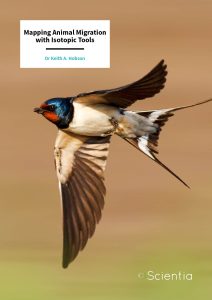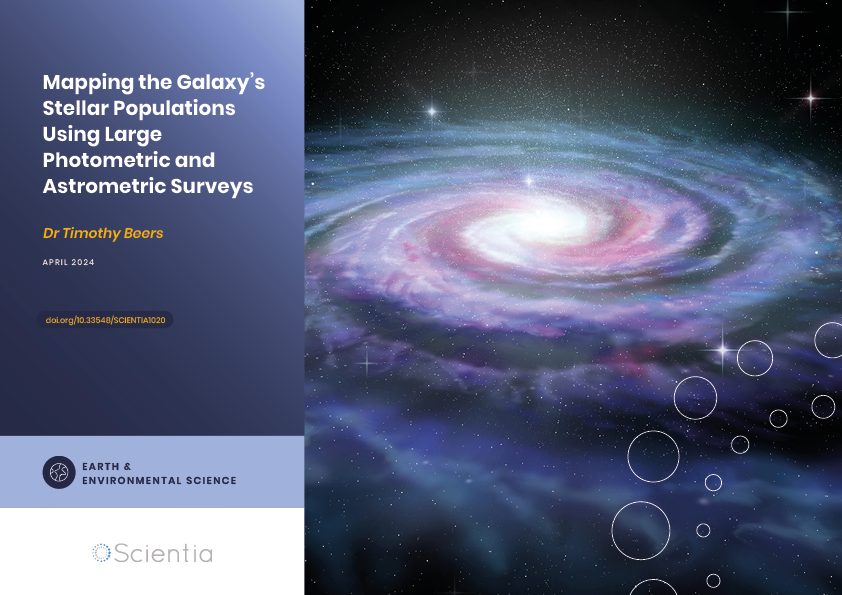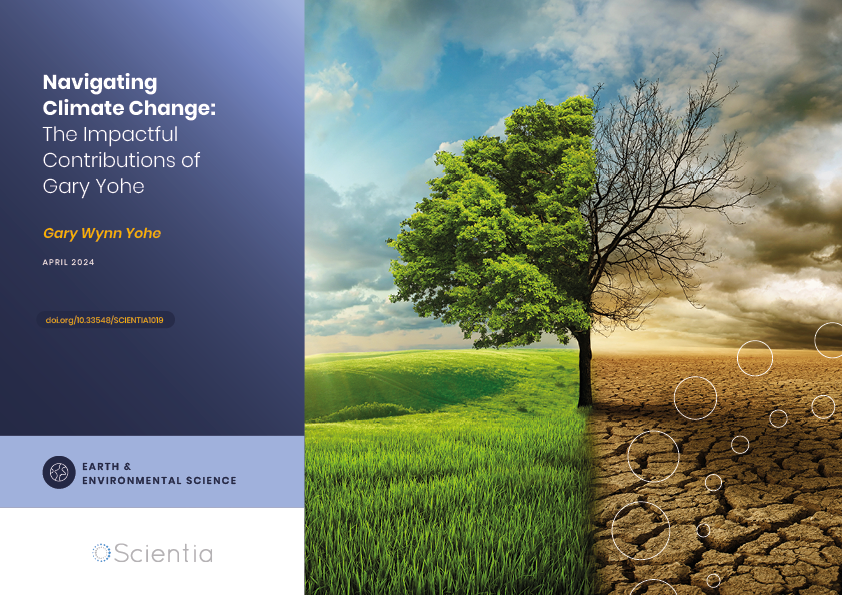Dr Keith A. Hobson | Mapping Animal Migration with Isotopic Tools
Animal migration is one of the most astounding natural phenomena on the planet. Birds and insects travel thousands of kilometres across the globe in regular movements, using highly evolved methods of navigation. Migration is not only fascinating and wonderous; understanding where and how animals migrate can make conservation strategies more effective. Dr Keith A. Hobson at the University of Western Ontario and his colleagues have been using a special class of molecules and advanced scientific methods to uncover the secrets of animal migration.
Animal Migration
Monarch butterflies are an iconic example of spectacular migration. Each year the North American populations of this charismatic orange and black butterfly travel thousands of kilometres to their overwintering site in the high-altitude forests of central Mexico. Many bird species make similar and even more extensive journeys to areas with enough winter resources, returning to their breeding sites during the summer months.
Migration can include regular to-and-fro movements as well as one-way journeys. Journeys to-and-fro may take place along a single route, or may take place along different paths, forming a loop. Some species always migrate, while other species may only migrate when resources are low. For certain species all individuals migrate, while for others, only a portion of the population migrates.
Migration has captured the minds of scientists, wildlife enthusiasts, and laypeople alike. How do animals know where they are going? How do they survive extreme conditions they encounter along their journey? How does migration affect a population over multiple generations?
Migration exposes individuals to different environments, resources, hazards, and predators. It is a fundamental aspect of migrating species ecology; therefore, understanding migration is critically important to conserving vulnerable migratory species.
Studying migration can be challenging. Many techniques that track the movements of animals have been tested over the years, with varying success. Until recent advancements, tracking usually involved applying markers to individuals, in the hope of relocating those individuals elsewhere, including the use of GPS technology. Developments in molecular tools have provided novel methods for identifying geographic movements of individuals.
Dr Keith A. Hobson, from Environment and Climate Change Canada and the University of Western Ontario, together with several colleagues have devoted years to developing and refining these molecular tools to study migration. They have applied their techniques to a range of species, including insects and birds, and have revealed fascinating insights into the lives of these species.
Dr Hobson’s advanced technique is possible because the elements that make up living creatures, including carbon, hydrogen, oxygen, nitrogen and sulfur, can exist in more than one form. Different forms of a given element – called ‘isotopes’ – share the same chemical properties, but tiny differences in their atomic masses can be measured using specialist equipment and methods. The ratios of different isotopes within the tissues of animals, such as feathers, claws and insect wings, can provide clues about the origin of the food they have consumed.
This technique can also be used by scientists to identify pollutants in the environments encountered along the routes of migrating species – an important additional consideration for conservation efforts.
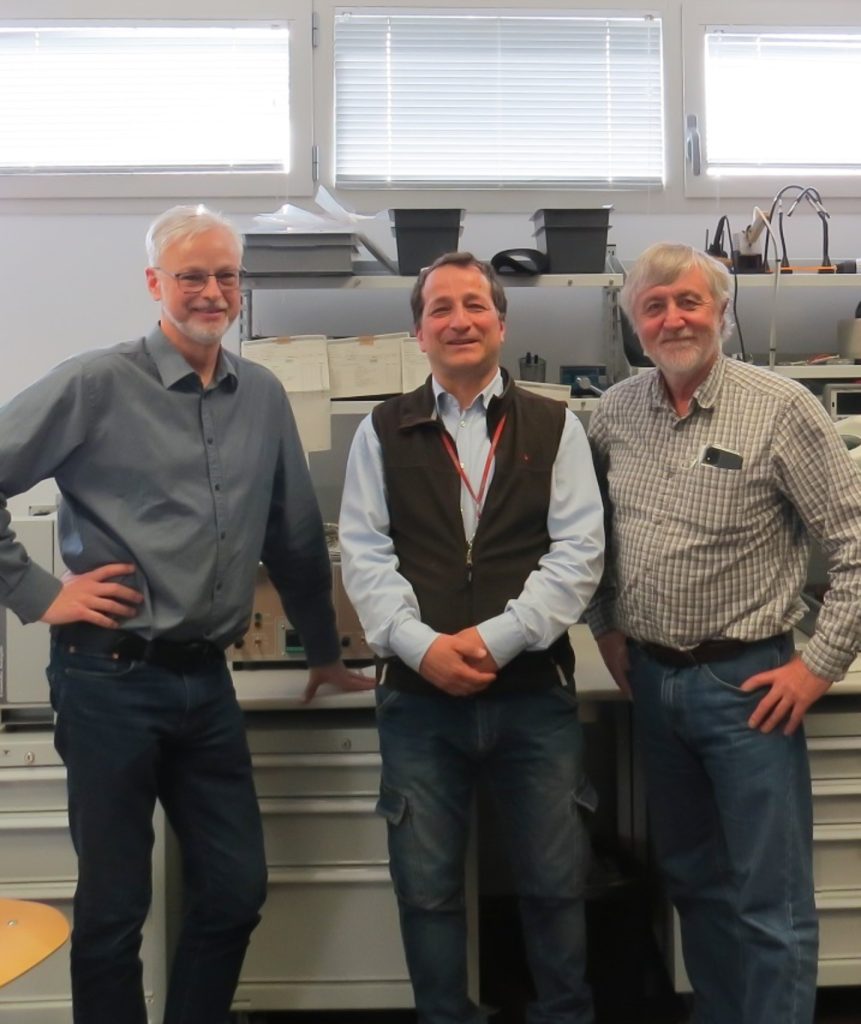
From left to right: Dr Len Wassenaar,
Leonardo Sisti and Dr Keith Hobson.
European-African Bird Migration
The isotope ratio present in the tissues of migratory species is generally closely linked to the diet consumed in the geographical area where the tissue was formed. This provides a record of the areas visited by migratory species. ‘Since birds typically have clearly defined feather moult schedules that can be related to time of year or geographic region, the isotope approach to tracking avian origins has predominated the field to date,’ says Dr Hobson.
Dr Hobson and his team applied the isotope technique to birds that breed in Europe and use wintering areas in Africa. Before the isotope technique was developed, investigating these migratory systems was limited to studies using GPS tracking devices and ring returns. The team constructed advanced models of bird food webs, using geographical distributions of isotopes in the landscape. They then analysed the feathers of birds returning to breed in Europe from their African wintering grounds. Because many of these bird species moult and regrow flight feathers in Africa before returning to Europe, the researchers could determine approximate winter locations and identify populations that differed in their winter regions or habitats.
The geographic clusters of carbon, nitrogen and hydrogen isotopes determined by Dr Hobson and his team could also be used to investigate other migratory species that use Africa for part of the year. ‘This approach represents a clear advance over previous studies that attempted to gain insight into winter location or habitat use by Palearctic-African migrants, but which were based on less spatially explicit approaches,’ says Dr Hobson.
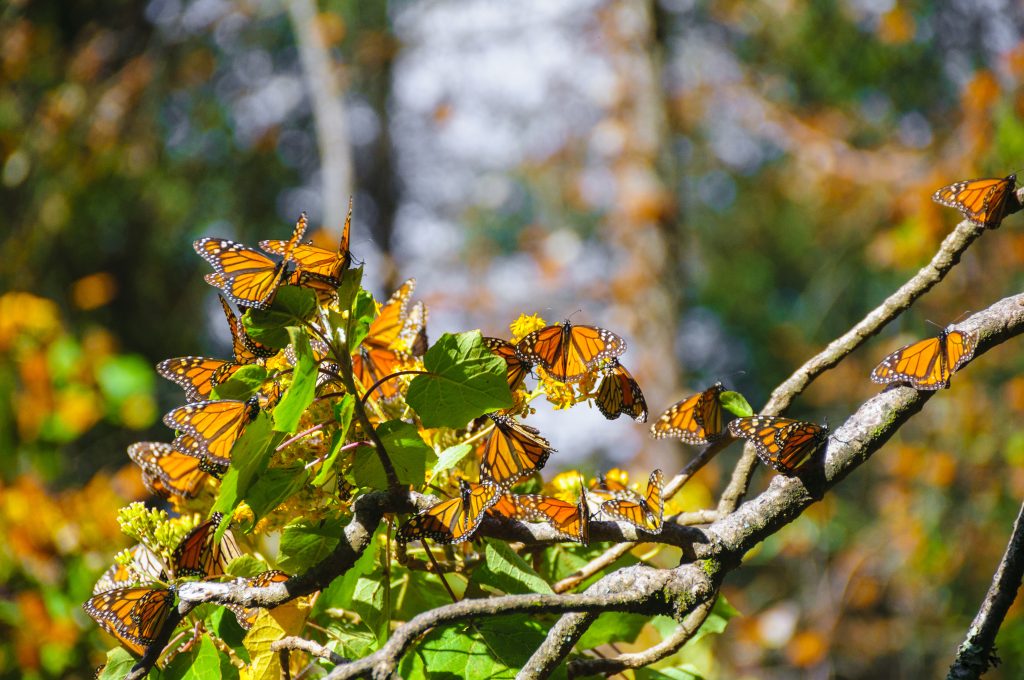
The Monarch Butterfly
Dr Hobson and his team applied their isotope technique and expertise to investigate the migration of the monarch butterfly. The butterflies travel thousands of kilometres to their overwintering areas in central Mexico, using nectar from plants to build up fat reserves for the months ahead. The butterflies rarely feed on flowers during the four to five months they spend mostly dormant in the overwintering period. As such, all the fat stores they need are obtained before they reach their final winter destination.
‘Understanding where monarchs obtain resources to fuel both migratory flight and overwintering stores would provide new insights into the migratory strategy of this species and subsequently to overall conservation efforts,’ explains Dr Hobson.
It was previously believed that monarch butterflies obtained most of their fat reserves in Texas. However, in the autumn of 2011 and 2012, the fat reserves of monarch butterflies in Texas were lower than average. Drought conditions over this period had limited plant growth, reducing the amount of nectar the butterflies could obtain in the area. However, by the time the butterflies reached their overwintering area in Mexico, they had accumulated the expected fat reserves to fuel them through winter. This suggests that monarch butterflies actively feed along their migratory pathway up to and possibly including at their Mexican sites.
Dr Hobson and his colleagues approached their investigation by first demonstrating that isotopes of carbon and hydrogen could be used to determine geographic origin of the plant nectar that the butterflies were feeding on. The team then applied this technique to wild monarch butterflies collected along the migratory pathway and at their wintering destination in Mexico, demonstrating the continued feeding of monarch butterflies during their migration. Their findings emphasise the importance of nectar availability along the entire migratory range of the monarch butterfly, especially along the final corridor in central Mexico that leads to the overwintering sites.
The study undertaken by Dr Hobson and his team took place during a period of drought. As such, the researchers suggest that the dynamics of feeding and fat storage is likely to be different when measured in years with different climate conditions. They suggest that conducting repeated isotopic investigations annually over several years could help us understand the response of the monarch butterfly to different resource availability.
Understanding which nectar sources are important under different conditions could help conservation efforts by ensuring that alternate nectar sources are protected and enhanced. With climate change likely to result in an increase in the frequency and severity of droughts, this may become increasingly important for efforts to conserve this charming butterfly species.
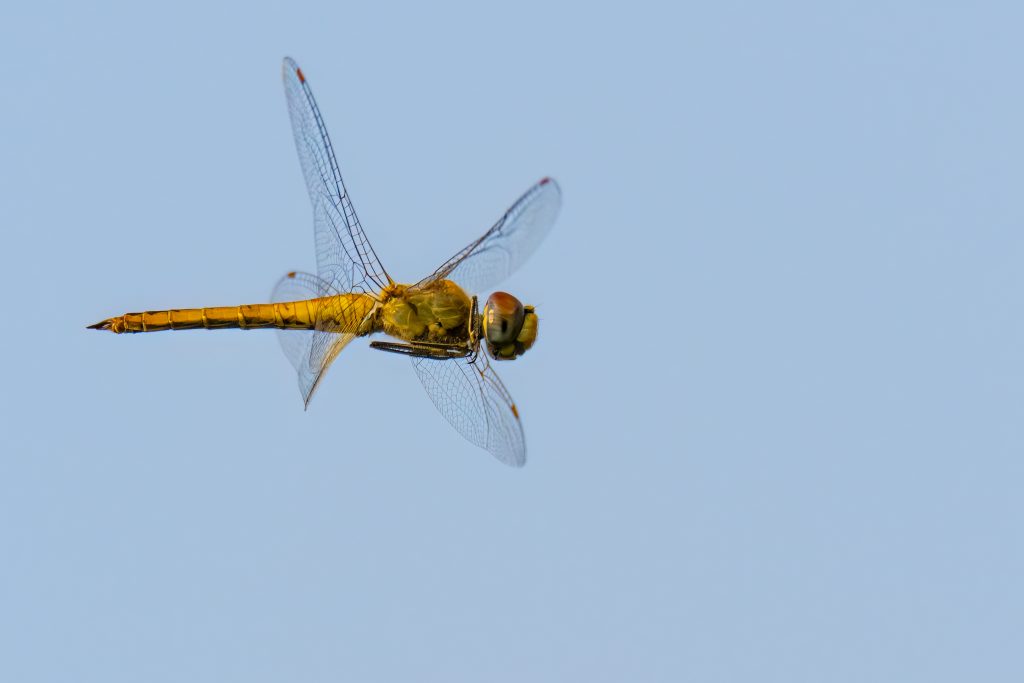
The Globe Skimmer Dragonfly
A less well-known insect species than the monarch butterfly – but with an equally impressive migratory system – is the globe skimmer dragonfly. This dragonfly species migrates long distances and has been found across the entire globe – hence its name. Despite much interest and many theories about the migration of this species, reports have mostly been anecdotal. This is largely because GPS tracking technologies have not been downsized and refined sufficiently for use with insect species.
Although the globe skimmer dragonfly’s migration is not fully understood, one theory suggests that it undertakes a circular trip from northern India through east Africa, on a journey exceeding 14,000 kilometres and involving multiple generations. The dragonfly can complete such an epic multigenerational trip because it is well-adapted to breeding in temporary waterbodies. This allows it to avoid many predatory species.
The globe skimmer dragonfly overwinters on the subtropical Japanese island of Ishigaki. Although it is found in Japan every summer, it is not known where the migrants originate, or whether any of the Japanese population are of local origin. It was assumed that early-season individuals – recorded during April and May – arrived from further south, and later-season individuals originated locally.
Dr Hobson and his team used isotope analysis to investigate the dragonfly’s migration, confirming with scientific evidence for the first time that the individuals arriving in Japan in spring are immigrating from southern Japan. However, in contrast to the prevailing theory that individuals recorded during the rest of the summer originate locally, the team’s results suggest that these dragonflies are also immigrants. Locally produced individuals were only found much later in the season and were much smaller than the immigrant dragonflies.
Dr Hobson suggests that further investigation of the isotopes found in different geographic areas could help scientists to better determine the origins and movement of the globe skimmer dragonfly. For example, spatial isotope information from rice agriculture in east and southeast Asia could help determine origins of the dragonflies originating there. This would ultimately help us understand the life history and population dynamics of the species.
‘Our investigation underlines the power of combining stable isotope data with other information such as wind speed and direction, arrival dates, and body mass to estimate origins and to understand the life history of this and other insects,’ concludes Dr Hobson.
SHARE
DOWNLOAD E-BOOK
REFERENCE
https://doi.org/10.33548/SCIENTIA861
MEET THE RESEARCHER
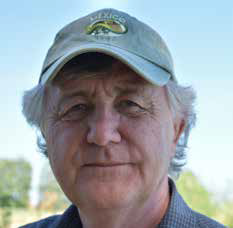
Dr Keith A. Hobson
Environment and Climate Change Canada and Department of Biology
University of Western Ontario
London, ON
Canada
Dr Keith Hobson has over three decades of expertise in isotope analysis and isotope ecology, having entered this area of specialism during his PhD research at the University of Saskatchewan in Saskatoon. Upon graduating with his PhD in 1991, Dr Hobson continued his research as a postdoctoral fellow at the Freshwater Institute in Winnipeg, Manitoba. For three decades, Dr Hobson has worked as a research scientist with Environment and Climate Change Canada and currently holds the position of Professor of Biology at the University of Western Ontario, Canada, where he conducts research as well as teaching several undergraduate and graduate courses. Additionally, Dr Hobson has been an instructor on the Stable Isotope Summer School held annually at the University of Konstanz, Germany. Dr Hobson has received numerous awards and accolades for his contribution to the field of ornithology, including being awarded Fellow of the American Ornithological Union in 2004, Fellow of the Royal Society of Canada in 2013 and Fellow of the International Ornithological Union in 2018.
CONTACT
E: khobson6@uwo.ca
W: https://www.uwo.ca/biology/people/faculty.html
KEY COLLABORATORS
Dr Len Wassenaar, WasserCluster Lunz, Biologische Station, Austria
Dr Jeremy McNeil, Biology, University of Western Ontario, Canada
Dr Nick Bayly, SELVA, Colombia
Dr Anders Moller, Université Paris-Sud, France
Dr Seth Newsome, University of New Mexico, USA
Dr Nuria Selva, Polish Academy of Science, Poland
Dr Geof Koehler, Environment and Climate Change Canada
Dr Isabel Ramirez, Universidad Nacional Autónoma de México, Mexico
Dr Lourdes Mugica, University of Havana, Cuba
FUNDING
Environment Canada
Natural Sciences and Engineering Research Council (NSERC) Discovery Grant
FURTHER READING
KA Hobson, H Jinguji, Y Ichikawa, JW Kusack, RC Anderson, Long-Distance Migration of the Globe Skimmer Dragonfly to Japan Revealed Using Stable Hydrogen (δ2H) Isotopes, Environmental Entomology, 2021, 50, 247.
KA Hobson, OR Garcia-Rubio, R Carrera-Treviño, L Anparasan, KJ Kardynal, JN McNeil, E Garcia-Serrano, BX Mora Alvarez, Isotopic (δ2H) Analysis of stored lipids in migratory and overwintering monarch butterflies (Danaus plexippus): Evidence for southern critical late-stage nectaring sites?, Frontiers in Ecology and Evolution, 2020, 8, 572140.
KA Hobson and LI Wassenaar (Eds), Tracking Animal Migration using Stable Isotopes, Second Edition, 2019, Academic Press, London, 253 pp.
KA Hobson, SL Van Wilgenburg, LI Wassenaar, RL Powell, CJ Still, and JM Craine, A multi-isotope (δ 13C, δ15N, δ2H) feather isoscape to assign Afrotropical migrant birds to origins, Ecosphere, 2012, 3, 44.


REPUBLISH OUR ARTICLES
We encourage all formats of sharing and republishing of our articles. Whether you want to host on your website, publication or blog, we welcome this. Find out more
Creative Commons Licence (CC BY 4.0)
This work is licensed under a Creative Commons Attribution 4.0 International License. 
What does this mean?
Share: You can copy and redistribute the material in any medium or format
Adapt: You can change, and build upon the material for any purpose, even commercially.
Credit: You must give appropriate credit, provide a link to the license, and indicate if changes were made.
SUBSCRIBE NOW
Follow Us
MORE ARTICLES YOU MAY LIKE
Dr Lifei Wang | Can Species Distribution Models Inform Us About Future Ecosystems?
The world is buzzing with news about how human activities and climate shifts are reshaping our ecosystems. Have you ever wondered how life will adapt to this rapidly changing world? Ecologists might be able to predict how different species will live in future using computer simulations. Dr Lifei Wang at the University of Toronto Scarborough investigates how different stimulations work under varying conditions to provide new insights into what may lie ahead.
Dr Tsun-Kong Sham – Dr Jiatang Chen – Dr Zou Finfrock – Dr Zhiqiang Wang | X-Rays Shine Light on Fuel Cell Catalysts
Understanding the electronic behaviour of fuel cell catalysts can be difficult using standard experimental techniques, although this knowledge is critical to their fine-tuning and optimisation. Dr Jiatang Chen at the University of Western Ontario works with colleagues to use the cutting-edge valence-to-core X-ray emission spectroscopy method to determine the precise electronic effects of altering the amounts of platinum and nickel in platinum-nickel catalysts used in fuel cells. Their research demonstrates the potential application of this technique to analysing battery materials, catalysts, and even cancer drug molecules.
Dr Timothy Beers | Mapping the Galaxy’s Stellar Populations Using Large Photometric and Astrometric Surveys
Astronomers often use spectroscopic (electromagnetic radiation) data and astrometric (motion and positional) data to develop working models describing our Galaxy. Dr Timothy Beers from the University of Notre Dame and his collaborators in Korea and China combined large photometric (visible light) surveys and astrometric data to create multidimensional maps of a large part of the Galaxy. By highlighting significant inhomogeneities in stellar-chemical compositions, motions, and spatial distributions, Dr Beers and his colleagues provide valuable insights into how we can advance our understanding of the formation and evolution of our Galaxy.
Professor Gary Yohe | Navigating Climate Change: The Impactful Contributions of Gary Yohe
Professor Gary Yohe is a distinguished environmental economist whose work has been pivotal in shaping our understanding of climate change impacts, adaptation strategies, and policy frameworks. His interdisciplinary approach combines economics with environmental science, offering nuanced insights into global warming and its multifaceted impacts on natural and human systems. Professor Yohe equips us with the knowledge and strategies needed to navigate the complex and pressing challenges posed by climate change.

